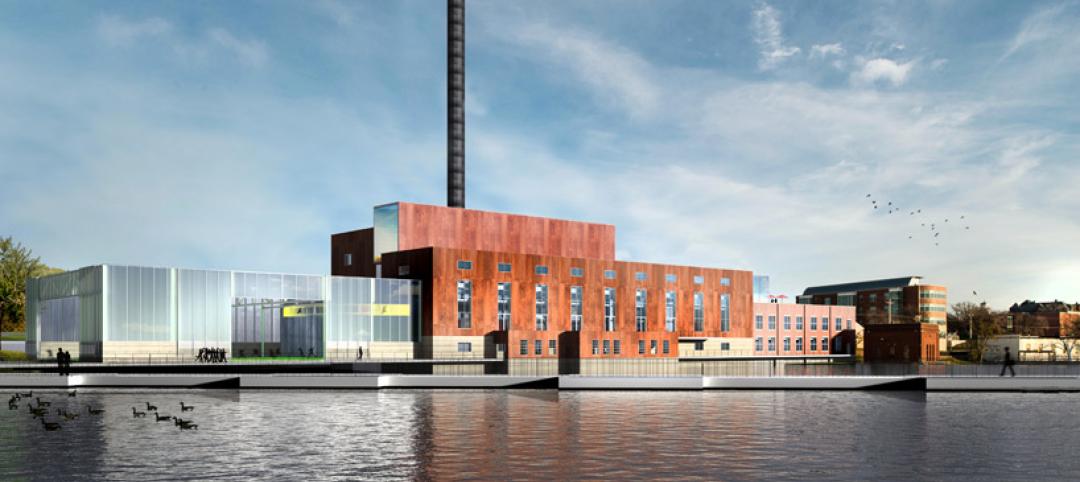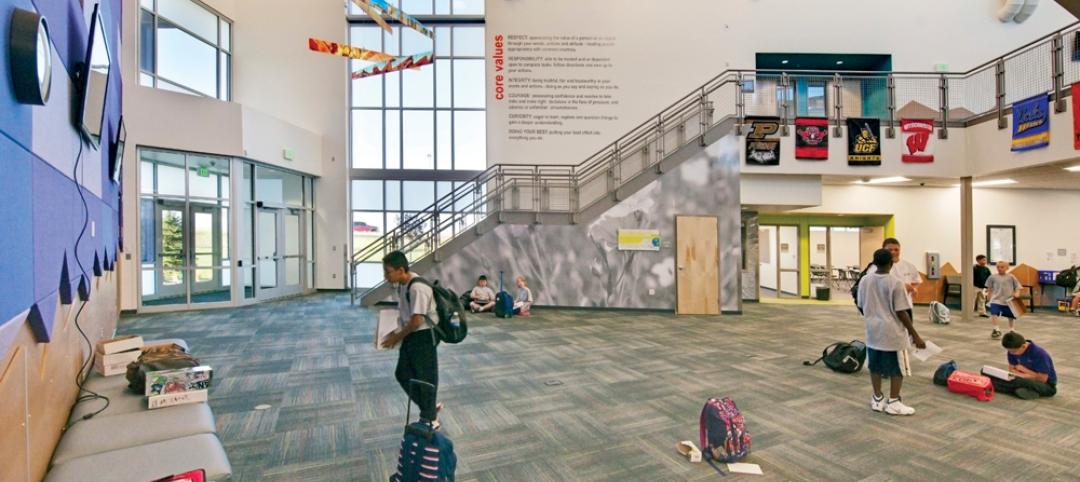Maclay School, a Tallahassee-based college preparatory school, has unveiled three new student labs made from refurbished shipping containers. The three labs, combined with a shared courtyard and gardens designed to foster collaboration, are collectively known as the Beck Family Research Center (BFRC).
Each lab will house a different focus: Biomedical and Student Research; Art, Inspiration, and Design; and Computer Science, Robotics, and Engineering. The containers were constructed off-site and shipped to the school. The labs include similar resources to those offered by research universities such as technology, active learning furnishings, and hands-on equipment. The furniture in all three labs is flexible and mobile to help create student-centered instruction and easy collaboration.
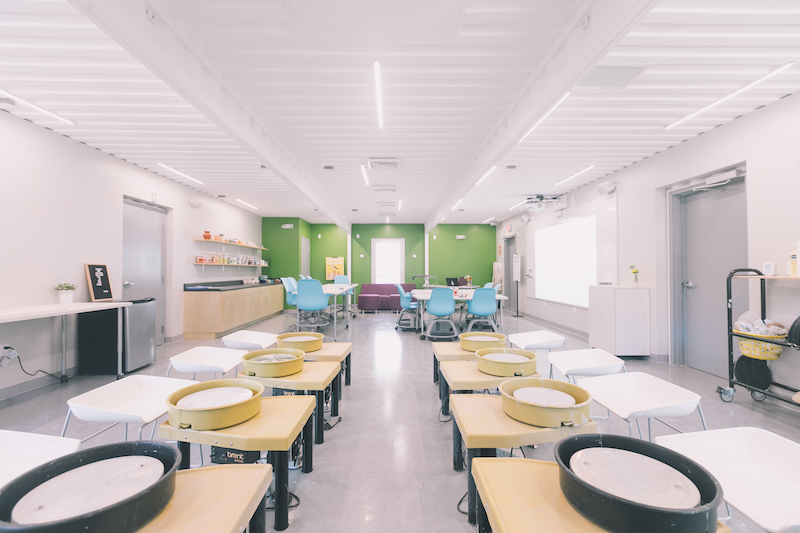
See Also: ASU Health Futures Center combines a novel design and approach to learning
An outdoor garden features raised beds that can double as seating. The beds contain plants that were selected for their potential to be used in lesson plans across all grade levels. The garden also includes a Solar SmartFlower. The SmartFlower uses solar panels arranged like flower petals to track the sun’s position throughout the day. When bad weather rolls in or the sun goes down, the “petals” retract, opening again when the sun comes out. The SmartFlower provides data for students to monitor and study on campus as part of the curricululm.
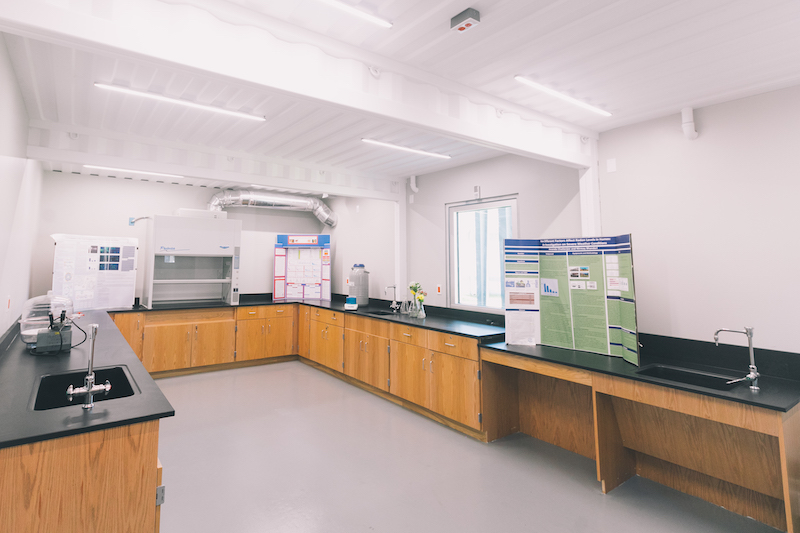
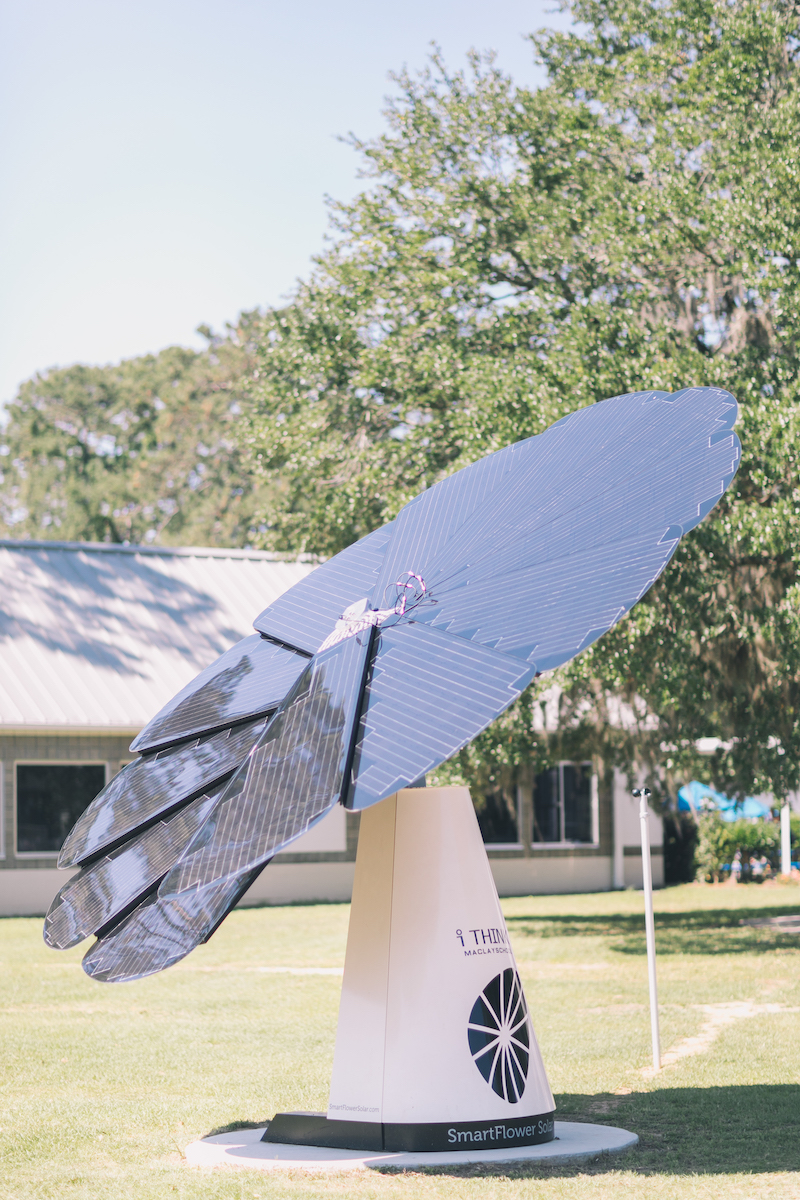
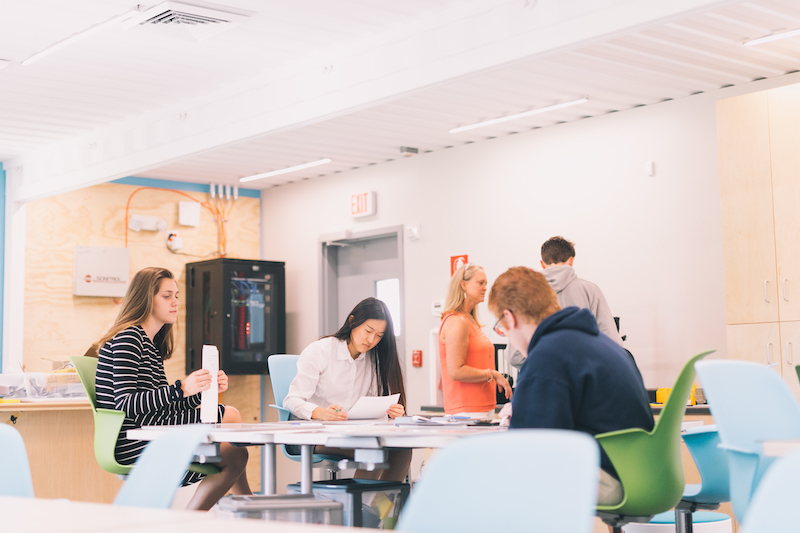
Related Stories
| Nov 7, 2014
NORD Architects releases renderings for Marine Education Center in Sweden
The education center will be set in a landscape that includes small ponds and plantings intended to mimic an assortment of marine ecologies and create “an engaging learning landscape” for visitors to experience nature hands-on.
| Nov 6, 2014
Studio Gang Architects will convert power plant into college recreation center
The century-old power plant will be converted into a recreation facility with a coffee shop, lounges, club rooms, a conference center, lecture hall, and theater, according to designboom.
| Oct 29, 2014
Newtown, Conn., breaks ground on new Sandy Hook Elementary School
Construction on the 87,000-square-foot building will begin in March 2015, and is set to open for the fall 2016 school year. The property is fenced off so that the site cannot be seen or photographed from the outside.
| Oct 26, 2014
Study asks: Do green schools improve student performance?
A study by DLR Group and Colorado State University attempts to quantify the student performance benefits of green schools.
| Oct 21, 2014
Check out BD+C's GreenZone Environment Education Classroom debuting this week at Greenbuild
At the conclusion of the show, the modular classroom structure will be moved to a permanent location in New Orleans' Lower 9th Ward, where it will serve as a community center and K-12 classroom.
| Oct 20, 2014
Institute for young innovators breaks ground at the University of Utah
The five-story, 148,000-sf building is designed to function like a student union for entrepreneurs and innovators, with a 20,000-sf “garage” that will be open for any student to attend events, build prototypes, and launch companies.
| Oct 16, 2014
Perkins+Will white paper examines alternatives to flame retardant building materials
The white paper includes a list of 193 flame retardants, including 29 discovered in building and household products, 50 found in the indoor environment, and 33 in human blood, milk, and tissues.
| Oct 15, 2014
Harvard launches ‘design-centric’ center for green buildings and cities
The impetus behind Harvard's Center for Green Buildings and Cities is what the design school’s dean, Mohsen Mostafavi, describes as a “rapidly urbanizing global economy,” in which cities are building new structures “on a massive scale.”
| Oct 14, 2014
Proven 6-step approach to treating historic windows
This course provides step-by-step prescriptive advice to architects, engineers, and contractors on when it makes sense to repair or rehabilitate existing windows, and when they should advise their building owner clients to consider replacement.
| Oct 12, 2014
AIA 2030 commitment: Five years on, are we any closer to net-zero?
This year marks the fifth anniversary of the American Institute of Architects’ effort to have architecture firms voluntarily pledge net-zero energy design for all their buildings by 2030.




